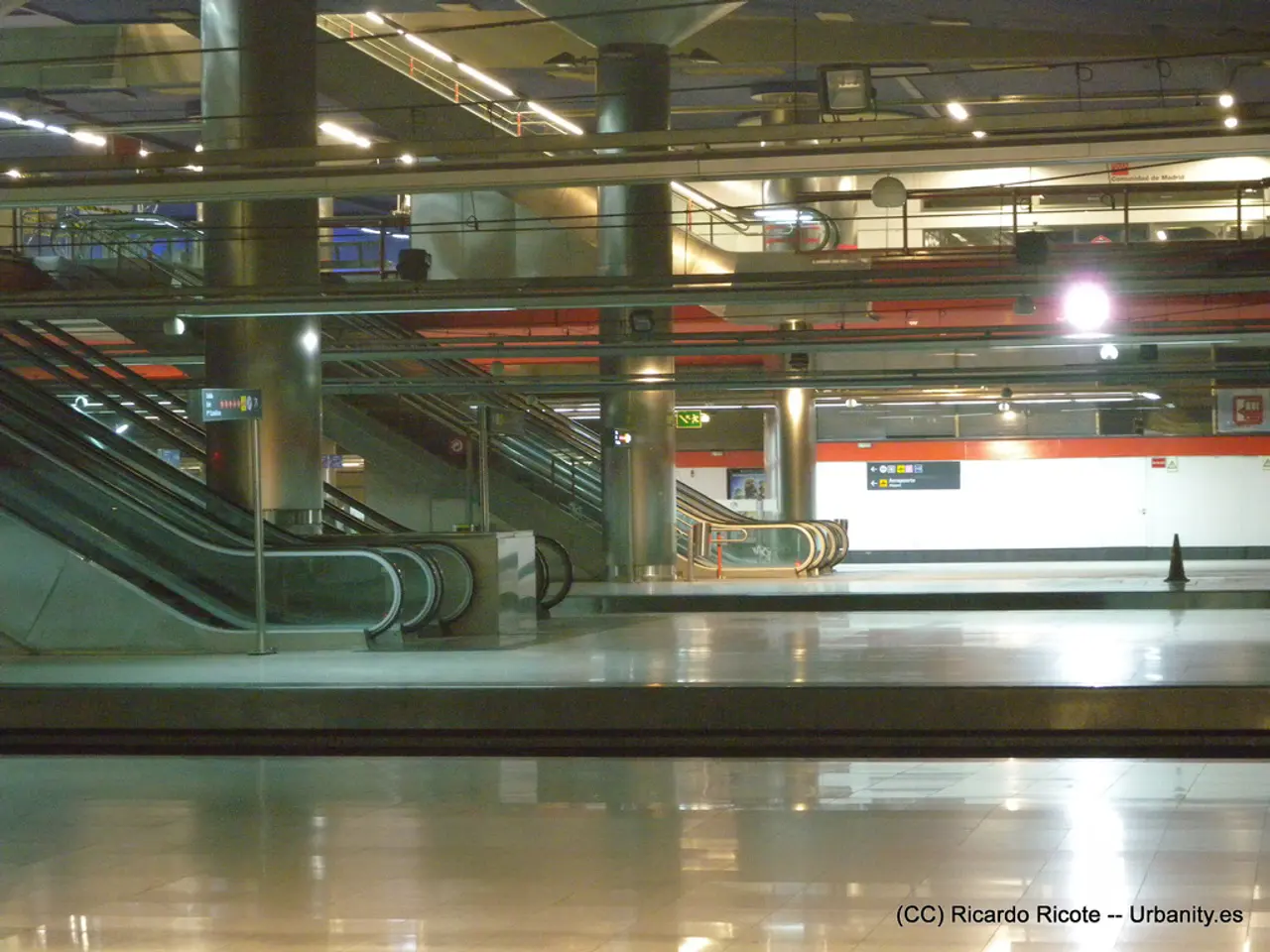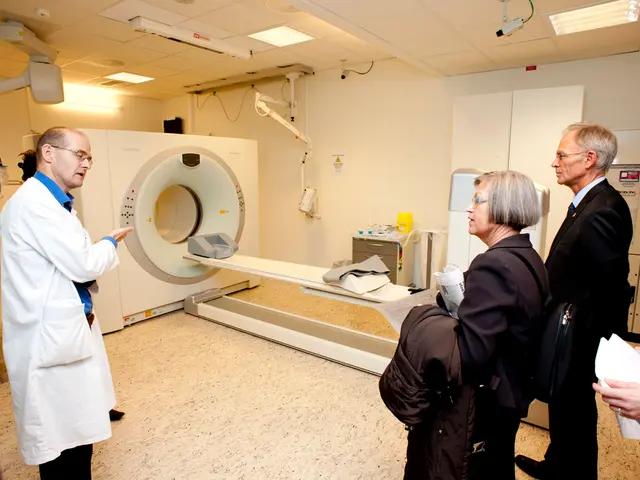Transforming your dwelling into a secure and user-friendly space
In Australia, ensuring homes are accessible to all is a priority. While the National Construction Code (NCC) 2022 and Queensland Development Code updates set the baseline for accessibility, additional measures are in place to make homes more inclusive.
One such initiative is the Livable Housing Design Standard (LHDS), which goes beyond the mandatory modern home standards. LHDS provides proactive design criteria to facilitate accessibility for older people, people with disabilities, families with young children, and those with temporary mobility issues. This includes step-free entries, wider doors and corridors, accessible bathrooms and toilets, and reinforced walls for future handrail installation.
To ease industry compliance and adapt to practical constraints, Queensland’s development codes include exemptions. These exemptions offer flexibility while maintaining accessibility goals. For instance, they apply to narrow lots, small pre-built houses, some renovations, and lot slope constraints.
Beyond the minimum codes, there are voluntary performance levels like the Silver and Gold levels from Livable Housing Australia’s Design Guidelines. These promote more comprehensive accessibility features that developers can adopt for better inclusivity.
For homes with a raised entrance, ramps can be an effective solution. Inside the home, choosing tapware with mixer-style handles that can be moved instead of screwed is a more accessible option. A walk-in shower, with a floor flush with the bathroom floor, allows a person to simply walk into the shower without having to step up and down.
Non-slip mats can improve safety in key areas like bathrooms, kitchens, and laundries. Older homes often lack tempering valves in their hot water systems, which prevent water temperature from exceeding 50°C, reducing the risk of scalds. Contact a licensed plumber to check for the presence of a tempering valve.
Grab rails improve accessibility and safety around baths, showers, and toilets by providing a secure, easy-to-hold support to reduce the risk of slips and falls. Smart locks, such as smartphone, biometric, and touchscreen locks, can also improve accessibility for those with limited mobility.
Rail showers and hand showers are typically easier to use than traditional wall-mounted, static showerheads. In terms of heating, reverse-cycle split systems are safer and more energy-efficient than single-room gas heaters.
The NCC Livable Housing Design Standards have been mandatory in Victoria since May 1, 2024. Stairs and steps can present accessibility challenges for anyone living with reduced mobility. To overcome this, consider fitting your doors with lever-style handles, which are more accessible than turning handles and can be fitted with locks.
Lastly, it's worth noting that qualified SDA (Specialist Disability Accommodation) assessors provide design and final-building assessments to ensure compliance with specialized accessibility standards beyond the basic NCC provisions. This supports complex or unique building projects, such as refurbishments or heritage buildings, where standard codes may be impractical.
In summary, Australia’s approach includes a baseline of mandatory accessibility standards enhanced by strategic exemptions, voluntary higher standards, professional assessment frameworks, and policy support promoting inclusive, adaptable housing environments. These measures collectively aim to increase home accessibility beyond mere compliance with minimum building codes.
Here are the sentences that contain the words you requested:
- For homes with a raised entrance, ramps can be an effective solution, promoting accessibility and ease for individuals with temporary mobility issues, which falls under the lifestyle and home-and-garden categories.
- Smart locks, such as smartphone, biometric, and touchscreen locks, can also improve accessibility for those with limited mobility, demonstrating the intersection of technology, science, and lifestyle, making homes more suitable for a wide range of users.




